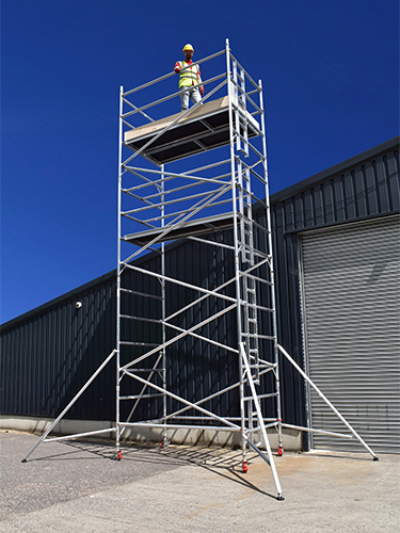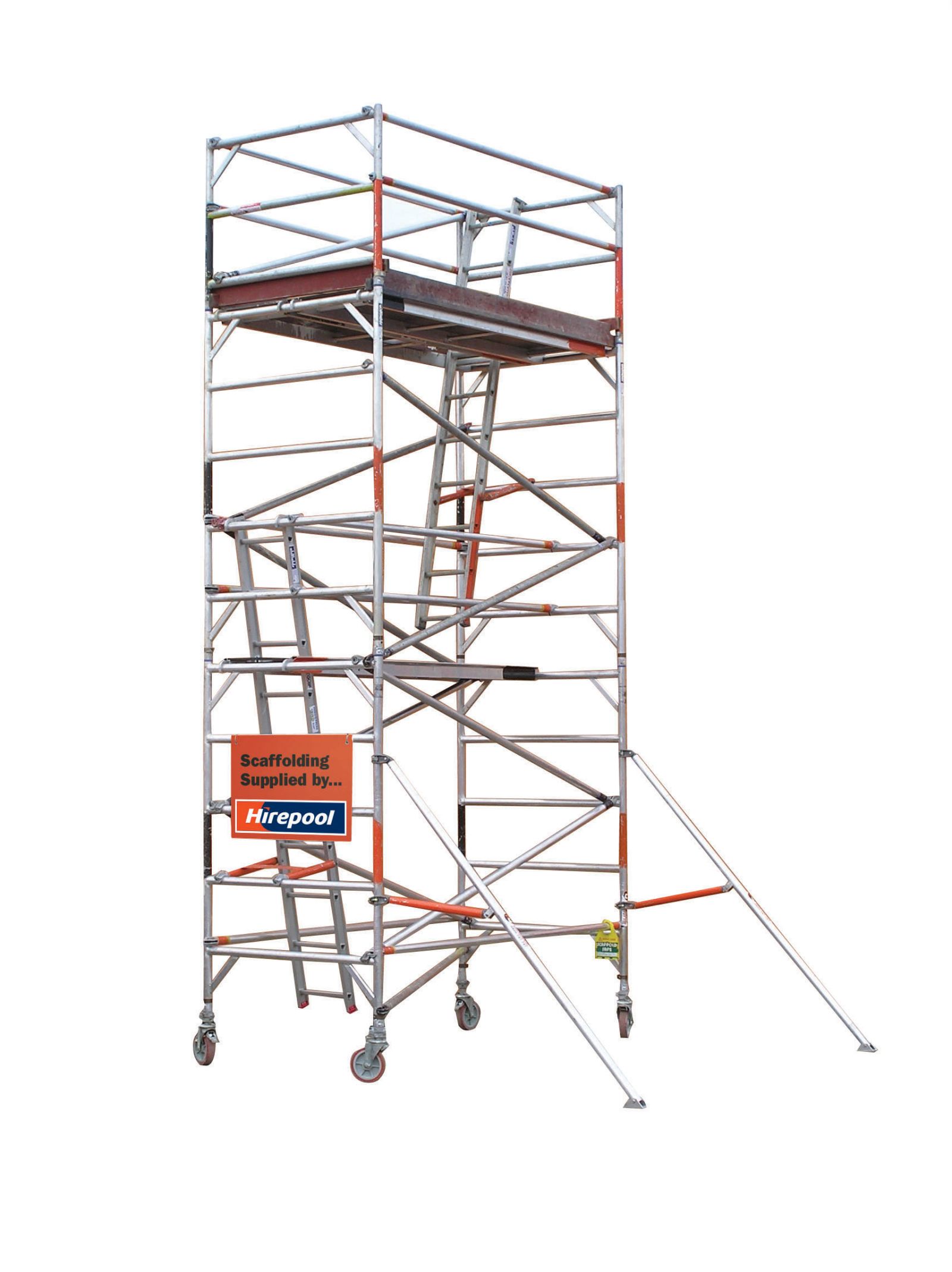The Value of Scaffolding Inspections: A Safety Overview
Scaffolding on Historic Buildings: Difficulties and Solutions =============================================================
Preserving historical structures with scaffolding involves attending to material deterioration and seismic problems. Collaboration between conservation specialists and designers is essential. Gain access to constraints because of narrow passages call for alternative services while preserving the structure's original exterior. Sustainable products and progressed innovation offer cutting-edge solutions, guaranteeing effective conservation. Utilizing conventional repair methods and regular examination is vital for security and security. The cautious balance of these difficulties and remedies is essential in protecting the historical significance of these architectural treasures.
Architectural Challenges
The structural challenges related to scaffolding on historic structures frequently call for a nuanced technique to guarantee the preservation of the architectural honesty. When dealing with product degradation, it is essential to understand the effect of time on the structural components of historical buildings. Years of direct exposure to ecological problems can cause the wear and tear of materials such as wood, rock, or metal, necessitating careful examination and possibly replacement throughout reconstruction tasks.
Additionally, seismic reinforcing postures an additional considerable worry when putting up scaffolding on historical structures. Making sure that the framework can hold up against prospective seismic task without compromising its historic features needs specialized design know-how and careful planning. By integrating seismic enhancing techniques right into the scaffolding layout, such as base isolators or strengthened frameworks, the historic building can be secured against prospective earthquake damages while still permitting required restoration job to take place.
Stabilizing the requirement for structural support with the preservation of historical credibility is a delicate yet important element of scaffolding on historical structures.
Preservation Factors to consider
Protecting the historic significance of a building during scaffolding jobs includes thorough interest to conservation concepts and specialized strategies. When working with historic structures, keeping building honesty is critical. Scaffolding should be carefully designed and mounted to make sure it sustains the structure without jeopardizing its historical features. https://palmersgreenscaffolding.co.uk Preservation experts typically collaborate very closely with scaffolding designers to establish options that secure the structure's one-of-a-kind design components.
One more important facet of conservation factors to consider is the aesthetic influence of scaffolding on historical structures. The aesthetic look of scaffolding can substantially change the perception of a building, specifically if it is a popular site. Because of this, measures such as using materials that blend in with the building's exterior or integrating decorative components right into the scaffolding style may be needed to decrease the aesthetic effect.
Access Limitations
During scaffolding tasks on historical buildings, navigating accessibility restrictions postures significant difficulties that need cautious planning and cutting-edge services. Flexibility concerns can emerge because of narrow passages or restricted paths around the structure. These constraints may be intensified by the requirement to maintain the heritage elements of the framework, which can restrict the installment of traditional scaffolding systems.
Heritage limitations commonly determine that the initial fa ade or architectural aspects can not be changed or harmed during the scaffolding process. This indicates that standard scaffolding approaches may not apply, requiring experts to design different gain access to approaches that are both important and considerate of the building's historic importance.
In addition, movement problems can influence the effectiveness of the building work, possibly lengthening job timelines and raising costs. It is important for project managers to conduct detailed website analyses and team up carefully with heritage conservation authorities to establish tailored services that resolve gain access to limitations while guarding the stability of the historic building.
Innovative Solutions
Handling gain access to limitations on historical buildings throughout scaffolding projects calls for the exploration of cutting-edge services to ensure effective and respectful conservation of the structure's heritage value. One such remedy entails the use of sustainable products in the building and construction of scaffolding. By selecting eco-friendly products such as bamboo or recycled steel, the environmental influence can be decreased while still offering the essential support for restoration job.
Moreover, the assimilation of innovative modern technology can likewise provide cutting-edge services for scaffolding on historic structures. For example, the use of drones outfitted with high-resolution cams can aid survey hard-to-reach areas of the building, giving beneficial information for the scaffolding style procedure. Furthermore, 3D printing modern technology can be utilized to create custom scaffolding parts that precisely fit the unique shapes of historical structures, making certain a secure and customized fit.
Best Practices

Applying industry-established standards is vital for guaranteeing the effective and delicate implementation of scaffolding tasks on historic buildings. When it comes to best practices for scaffolding on historic buildings, it is essential to think about not only the architectural elements yet also the historical and aesthetic value of the building. Right here are some bottom lines to bear in mind:
Use Typical Restoration Methods: Employing standard repair techniques can help maintain the authenticity and historical honesty of the building.
Routine Monitoring and Inspection: Normal tracking and inspection of the scaffolding framework is important to guarantee its security and safety, in addition to to avoid any type of damage to the historical structure.
Addressing Aesthetic Problems: Paying attention to visual issues such as the visual impact of the scaffolding on the structure's facade is vital. Making use of materials and shades that blend in with the building's style can aid lessen visual disruptions during the restoration process.
Often Asked Questions
What Are the Regulative Needs for Scaffolding on Historical Structures?
Preservation requirements and precaution are essential when setting up scaffolding on historic structures. Regulative requirements concentrate on maintaining historical value while making certain structural honesty and employee safety and security. Conformity with these requirements is important for successful repair projects.
Just How Do Weather Conditions Impact making use of Scaffolding on Historic Frameworks?
Weather conditions play a crucial duty in the preservation difficulties of historical structures. From severe temperatures to high winds and precipitation, these aspects can impact the security and performance of scaffolding used for upkeep and restoration work.
Are There Certain Insurance Policy Factors To Consider for Utilizing Scaffolding on Historic Buildings?
Insurance protection for scaffolding on historical buildings requires specialized plans as a result of the special threats related to heritage preservation. Aspects such as the building's age, historical relevance, and capacity for damage during repair work must be very carefully taken into consideration in these plans.

What Are the Prospective Threats and Liabilities Connected With Scaffolding on Historic Structures?

Scaffolding dangers on historic structures position significant responsibility worries, affecting heritage preservation and architectural honesty. Problems such as damage to fragile exteriors, potential architectural weakening, and historical importance jeopardization need to be thoroughly managed to assure preservation initiatives achieve success.
How Do Social and Community Considerations Contribute in making use of Scaffolding on Historical Structures?
Social preservation is vital in keeping the credibility of historical frameworks. Community interaction ensures that local values and point of views are thought about when making use of scaffolding on these structures, fostering a joint technique that respects heritage while addressing sensible requirements.
Verdict
To summarize, scaffolding on historic structures provides structural difficulties, preservation factors to consider, and access constraints.
Nevertheless, cutting-edge solutions and ideal techniques can help alleviate these obstacles and ensure the successful preservation of these valuable frameworks. https://palmersgreenscaffolding.co.uk/index.html
It is important to carefully prepare and execute scaffolding projects on historic structures to secure their honesty and historic importance for future generations.